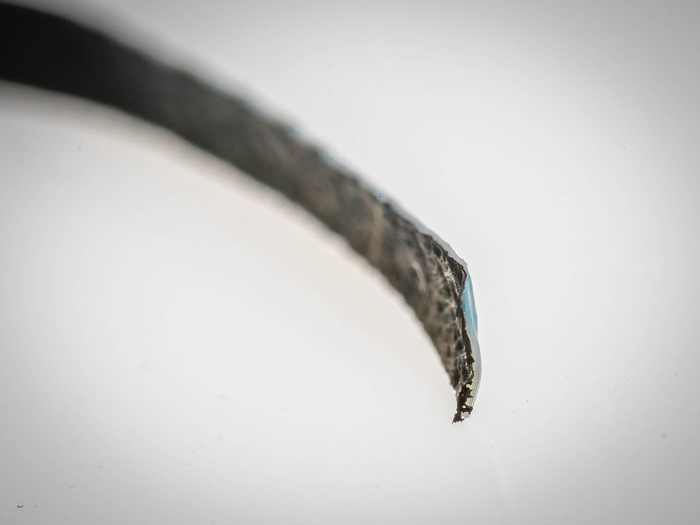
A team of Swedish and Japanese researchers recently announced the development of a material that can change shape to stimulate bone growth and heal fractures. The team’s concept of bioinduced variable-stiffness actuators uses voltages of electricity to change the material’s shapes and properties from soft to rigid through a bone development process.
The research was led by Edwin Jager, Ph.D., Associate Professor at Linköping University and Head of the Division of Sensor and Actuator Systems. He collaborated with Emilio Hara, Ph.D., an Assistant Professor in the Department of Biomaterials, Dentistry and Pharmaceutical Sciences, at Okayama University. Their team’s findings were published in Advanced Materials in December 2021.
In the study, the team constructed a “microrobot” that assumed different shapes and changed stiffness. The researchers first began with the gel material alginate. They grew a polymer on one side of the gel. The electroactive gel can change its volume when a low voltage is applied, causing the microrobot to bend in a specified direction. The researchers then attached biomolecules on the other side of the gel. The biomolecules, which are extracted from a cell membrane that is important to bone development, allow the soft gel material to harden. When the material was immersed in a cell culture medium that resembles the body, the biomolecules made the gel mineralize and harden like bone.

The material is an electroactive polymer, the volume of which changes when the researchers apply a low voltage, which makes this simple “microrobot” bend. On the other side of the material, you can see the gel to which the researchers have attached biomolecules that allow the soft gel material to harden like a bone. Photo Credit: Olov Planthaber/LiU
“We have developed a new gel material that has been functionalized with cell membrane nanofragments,” said Dr. Jager. He added that the fragments initiate bone formation inside and atop of the gel’s surface.
Dr. Jager said that using cell membrane nanofragments instead of single biomolecules sets the team’s work apart from other bone regeneration substances.
“These cell membrane nanofragments can mineralize within two days,” he said. “Also, we’ve made a variable stiffness actuator from this gel, meaning, we can have the gel layer move and morph. For instance, we could actively wrap the gel-actuator around a chicken bone and have it grown onto the bone by forming bone minerals.”
The team’s research noted that future orthopedic applications could allow devices to morph and integrate around bone, expand inside bone cavities and initiate bone regrowth and hard-tissue repair.
Jager said that the technology is in the early stages of fundamental research. Much work needs to be done to bring the material to its full, commercialized potential in orthopedics.
“We are trying to understand the early stage bone-forming processes better and also making new and more complex devices,” he said. “Since we are at a very early stage, there are many challenges ahead. For instance, growing thicker layers of bone or making more complex devices that integrate various functions. Depending on the results, that will then open up new opportunities potentially in soft robotics and also in bone-tissue engineering, where it could be used to repair more complex fractures.”
PM
Patrick McGuire is a BONEZONE Contributor.




